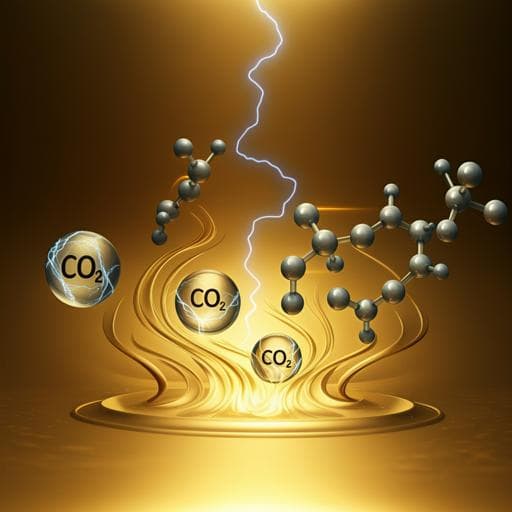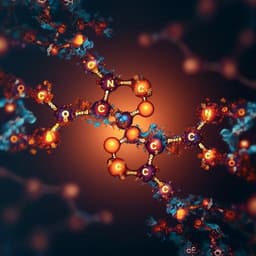
Chemistry
Double layer charging driven carbon dioxide adsorption limits the rate of electrochemical carbon dioxide reduction on Gold
S. Ringe, C. G. Morales-guio, et al.
Discover groundbreaking insights into electrochemical CO₂ reduction, revealing the critical role of CO₂ adsorption and surface charging in the reaction kinetics, conducted by authors including Stefan Ringe and Carlos G. Morales-Guio.
~3 min • Beginner • English
Related Publications
Explore these studies to deepen your understanding of the subject.







